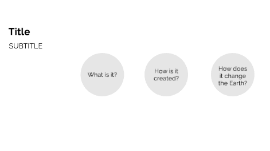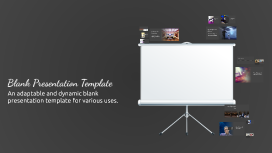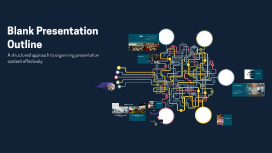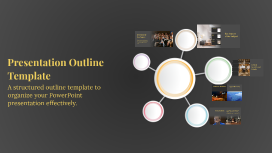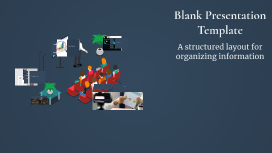Blank Presentation Outline
Transcript: Q&A This section encourages audience participation by inviting questions and fostering an open dialogue. Engaging in discussions allows for clarification of ideas and a deeper understanding of the presentation's themes. Blank Presentation Outline Conclusion A structured approach to organizing presentation content effectively. This presentation culminates in the key insights gained from our discussions. We have explored critical topics, engaged with interactive elements, and provided actionable insights that can be applied moving forward. Informing the Audience This presentation aims to inform the audience about key topics that are essential for understanding the broader subject matter. It will focus on delivering clear and concise information to enhance knowledge. Engaging the Audience Objective Audience engagement will be fostered through interactive elements that encourage participation. This may include polls, Q&A sessions, and discussions to make the presentation more dynamic. Providing Actionable Insights The presentation aims to provide actionable insights that attendees can implement in their own contexts. This includes practical tips and strategies that can be applied immediately after the session. Subtopic 2.2 Understanding the process and stages involved in the topic. Introduction Awareness Identifying potential interest and drawing attention to the topic. Engagement Encouraging active participation and interaction with the content. Conversion Transforming interest into action or commitment from the audience. This presentation aims to provide a comprehensive overview of key themes and objectives. It will guide the audience through essential topics and offer insights for practical application. Trends in Technology Main Topic 2 focuses on the evolving trends in technology and their impact on various industries. It encompasses advancements in artificial intelligence, machine learning, and automation, illustrating how these technologies transform business operations and consumer interactions. Relevance to Professionals Main Topic 2 Subtopic 2.1 Understanding Main Topic 2 is crucial for industry professionals as it highlights the opportunities and challenges presented by technological advancements. Staying informed can lead to strategic decision-making and competitive advantage in the market. Key Concepts to Discuss Key concepts include the exploration of automation tools, the impact of data analytics, and the role of emerging technologies in shaping future business models. These concepts will be elaborated upon to provide a deeper understanding of the subject matter. Subtopic 1.2 Key statistics reflecting the impact of recent changes on user experience. 65% 40% 1.5x Increased user engagement through new features. Reduction in customer support requests due to improved user interface. Growth in user retention rates compared to last quarter. Feature B: User-Friendly and Accessible Feature A: High Performance and Efficiency Current Trends in Technology The first main topic focuses on the current trends in technology and how they impact various industries. It encompasses innovations such as artificial intelligence, cloud computing, and the Internet of Things (IoT). Feature B, on the other hand, emphasizes user-friendliness and accessibility. It is tailored for ease of use, catering to individuals who may not have extensive technical knowledge. This feature ensures that users can quickly adapt and utilize its functionalities without a steep learning curve, often leading to faster implementation in various settings. Feature A is known for its superior performance and efficiency. This feature is designed to maximize productivity and streamline workflows, making it a favored choice among professionals in the field. Its advanced capabilities allow users to achieve results faster and with greater accuracy, which can lead to significant cost savings over time. Importance for Businesses User-friendly interface design Main Topic 1 Understanding these trends is crucial for businesses to remain competitive. By leveraging new technologies, organizations can improve efficiency, enhance customer experience, and drive growth. Subtopic 1.1 Robust functionality and features Responsive design for all devices Key Concepts to Discuss Key concepts include the integration of AI in operations, the shift towards remote work facilitated by cloud technologies, and the rise of connected devices as part of the IoT ecosystem.






